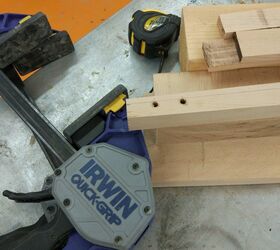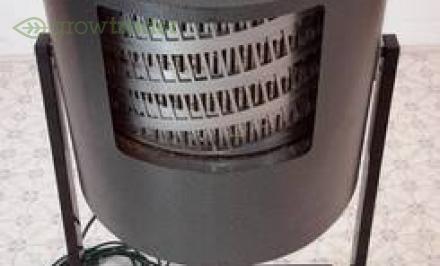

If necessary, cut several more foil strips until the scissors cut quickly and cleanly.įinally, wipe the blades clean to remove any tiny bits of aluminum.About products and suppliers: Previously, people had to visit barbershops whenever they wanted their hair cut or trimmed. Test the sharpness of the scissors by cutting some scrap paper. Now, use the scissors to slice the foil packet into 10 or 12 strips, using full-stroke cuts. Then, fold the foil sheet several times until it’s at least six layers thick.

Start by tearing off a piece of foil that’s about 12 inches long. Again, this will hone slightly dull scissors, but it won’t sharpen scissors with very dull or damaged blades. This technique is similar to cutting sandpaper, only you use aluminum foil. Test the scissors by making several cuts into scrap paper. Wipe the blades clean with a cloth or paper towel to remove any abrasive grit. The abrasive particles on the surface of the sandpaper will act as tiny sharpening stones, honing the cutting edge of both blades simultaneously. Be sure to make full-stroke cuts to expose the entire cutting edge of the blades to the sandpaper. Now, use the scissors to cut the sandpaper into narrow strips. However, if your scissors are still working, but cutting roughly, then try this trick: Take a sheet of 150-grit aluminum-oxide sandpaper and fold it in half so the abrasive surfaces are facing out. The two sharpening methods described above are required for scissors that are very dull or damaged.
#Diy dremel bud trimmer how to#
How To Make a Sharpening Stone Station Option #3: Slice Sandpaper

Repeat the above steps to sharpen the second scissor blade. If you feel any burrs on the flat side of the blade, grind them off with the stone. Using very little pressure, pass the rotating stone across the beveled edge from base to tip eight to 10 times. If you stop in one spot for even a second, you’ll grind a hollow spot into the blade. Now-and this is important-hold the stone at the same angle as the beveled edge and keep the stone moving at all times.

While holding the tool firmly with two hands, turn on the motor, and set the grinding stone very lightly against the beveled edge. Next, place an aluminum-oxide grinding stone into the rotary tool and tighten the collet nut. Start by securely clamping the scissor blade into a vise with its beveled cutting edge facing up. ⚠️ Always wear safety glasses when using a rotary tool. Option #2: Use a Rotary ToolĪ handheld rotary tool, which is often called a Dremel tool, is a super-versatile electric tool that accepts a wide variety of accessories, including rotary abrasive stones, which are ideal for sharpening scissors. Repeat the steps described above to sharpen and hone the other scissor blade. Now, flip the stone over, wet the surface, and hone the blade’s cutting edge to super-sharpness by drawing its beveled edge across the fine-grit side of the stone. Remove the burrs by laying the inner edge of the blade flat on the stone and then drawing it very lightly across the stone. What You’ll Need to Sharpen Your ScissorsĪfter sharpening, check for burrs along the inner edge of the blades. Depending on the dullness of the blade, 10 to 20 strokes will usually suffice. Apply light downward pressure and draw the blade across the entire length of the stone, moving from the base to the tip. Then, lay the inside surface of the scissor blade flat on the stone. Start by wetting the surface of the stone with either honing oil or plain water. Always begin sharpening on the coarse side of the stone. The stone has two sides: typically one coarse 400-grit surface and one finer 1,000-grit side. Option #1: Use a Sharpening StoneĪ sharpening stone, which is sometimes called a bench stone or whetstone, is the simplest, most traditional way to sharpen scissors. If the blades are riveted together, keep one blade out safely out of the way when sharpening. ⚠️When using either of the first two techniques mentioned below, it’s best to unscrew the scissors, and sharpen each blade individually. Now, you can purchase sharpeners specifically designed for sharpening scissors, but here are four other ways to sharpen scissors with tools and materials you probably already own. That’s too bad, because sharp scissors cut quickly and cleanly, and restoring dull scissors to razor sharpness is no more difficult than sharpening knives. You probably sharpen your kitchen knives on a regular basis, but when’s the last time you bothered sharpening your scissors? Probably never.


 0 kommentar(er)
0 kommentar(er)
